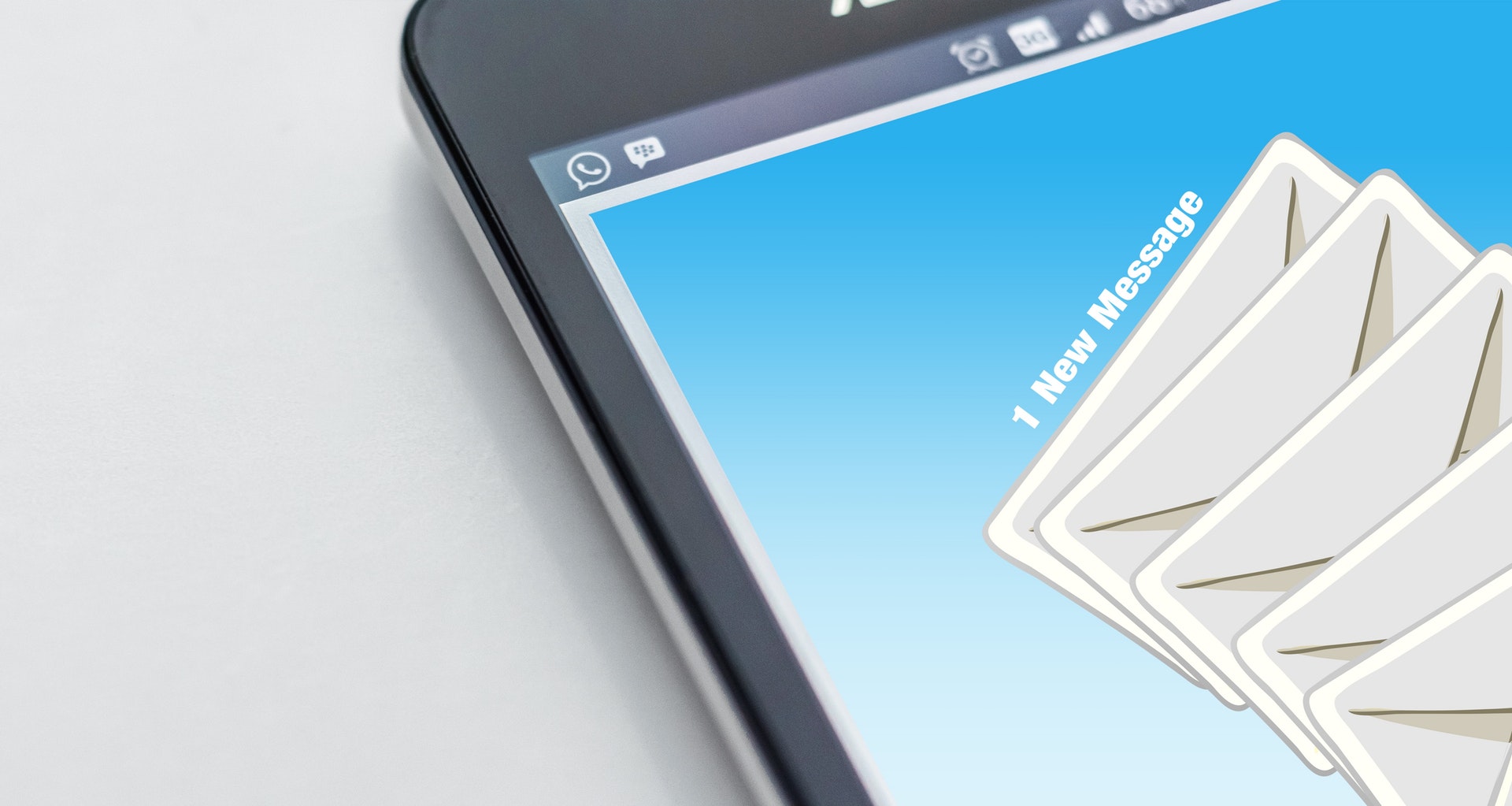In our previous blog (The Paradox of E-mail Communications) we argued that e-mail was not a very effective medium of communications because, as Marshal McLuhan explained, despite its advantages of speed and asynchronosity, it lacks ‘media richness’, i.e., human contact. In these circumstances, it is argued, the intended recipients can feel free to ignore the message.
We explored this idea further by referencing my recent e-mail blast promoting my book, The Dynamics of Management. In that situation I sent some 683 ‘individual’ e-mail announcements to people in my own contacts db. The delivery system (Direct-mail) was able to report that 264 of these e-mails were opened, 389 were not opened and 33 bounced (which is actually useful information in itself). I also received some 103 responses and 10 actual book sales! Still it troubled me that almost 400 intended recipients
[apparently] did not open the e-mail.
Wanting to understand a bit more about the efficacy of e-mail broadcasts (that’s efficacy, not ethics – maybe another blog on ethics in future, though in the meantime you might check out Communicating with Tact & Diplomacy, Part 9d: Balancing Politeness and Honesty – Getting the Balance Right. So I decided to send a new e-mail to 304 people from the 389 non-responsive list (there were other reasons why 85 people from this set might not qualify for follow-up in this little experiment). The follow-up e-mail still used the broadcast e-mail service (to hold that variable constant), but this time we stripped it entirely of graphics and links in the text: I wanted to test for whether a plain text e-mail penetrated firewalls more easily than fancy e-mail.
Fancy formatting may mean media richness to you, but it doesn’t mean that to Marshall McLuhan and he may be right. So in stripping my blast to mere simple text, I should have also stripped it of any personal touches too. So I added a line in the text exhorting the recipient to reply if they could and so, since guilt can be a powerful human motivator, my results may be distorted by that.
In the internet world, fancy formatting may even mean that your message doesn’t; even get through! Of the 304 simple text format e-mails sent in my re-broadcast, one bounced (bad address) and [apparently] 113 were actually opened. Of these, 61 people responded by return e-mail (but this also meant 52 of the ‘openers’ did not reply). Curiously many of these replies indicated that they had in fact seen the previous e-mail! despite what Direct-mail had reported to me. Even more curious, I received 18 e-mail responses from people but of whom the Direct-mail service indicated the original e-mail had not been opened! This meant that , rather than 192 ‘unopened’ e-mail it was actually 175; this also meant I could not completely rely on the e-mail service reports.
The ‘open’ rate of 37% was close to the open rate (42%) of the original email blast. Keep in mind though this set of 304 were identified as non-openers from the original blast: did this mean that the simple text format made the difference? Still don’t know but it seems a definite possibility.
(Here’s another interesting factoid – maybe: of the 113 who opened the e-mail, 40% (44) used Apple Mail, 17% (18) opened in iOS Mail for i-Phone, and 7% (8) opened in iOS for i-Pad; only 14% (15) opened in g-mail and 7% (8) used Outlook. (20 opened in some other mail system.) This was a similar pattern to the last e-mail blast to the 683. Makes you wonder … since Direct-mail is optimized for Macs, does this mean servers supporting Windows (g-mail and Outlook) are tuned to screen out Mac Mail?!)
I did get a number of comments from people. Most were unperturbed by the e-mail, some no doubt were not even aware my e-mail was routed through an e-mail service. A few expressed real annoyance with broadcast e-mail services such as MailChimp and Direct-mail.
As to why many intended recipients may not have been identified as ‘openers’ by Direct-mail, we can now report the following, some as I originally expected.
Many suffer from e-mail fatigue and simply skip over e-mail they think is not immediately germane to their present work situation. I’m sure all of you can identify with this situation and many are struggling for a solution. (More Later.)
E-mail servers do indeed screen for excessive graphics, embedded links and attachments. It is not always clear what criteria are being used and they vary. Government servers appear to be the most ruthless but this may also be a condition of the government’s [slow] conversion to a new system-wide e-mail service.
Many recipients have a preview page in their e-mail system and when they read the preview without actually opening the e-mail, or merely the subject line and first few words of text (especially if they are reading their e-mail from mobile devices) they get the gist and move on.
I suppose we can take some comfort in knowing some subliminal message registered in their brains, but the point of communications, ultimately is to cause people to act. If people fail to act we can say we had a communication failure (Cool Hand Luke?). Communicating to action typically involves an emotional communication, not merely factual or logical argument and the problem with e-mail is it lacks emotional connection, even with the use of emoljis. Evidently when I send an e-mail blast to hundreds of my closest friends, I am relying on an historic emotional bond, which may have lapsed, or never actually existed except in my own head!
So what might we conclude from this?
E-mail is much more likely to elicit a response as an internal e-mail source than if it’s from an external source. This means e-mail is more efficacious as an internal medium. But even here, internal communication should not rely on e-mail.
There is a lot of external sourced e-mail that merely adds to the internal e-mail storms, not even considering the unsolicited spam. Servers are pretty good at screening a lot of this out but even if the ‘desirable’ e-mail penetrates the barriers, the recipient is still inured to yet more stimulus, and doesn’t respond.
So what is the external e-mailer to do to get his message across?
The common solution is repetition (think advertising) but the risks are much waste of time energy effort and costs, and risk of alienating the intended audience.
The better solution is increase ‘high touch’ even at the risk of perceived personal rejection. As one of my senior correspondents has said, ‘As a matter of interest I think e-mail marketing for this kind of stuff to senior people does not work.’
I know he’s right and I’m working on Plan B. Or C.






